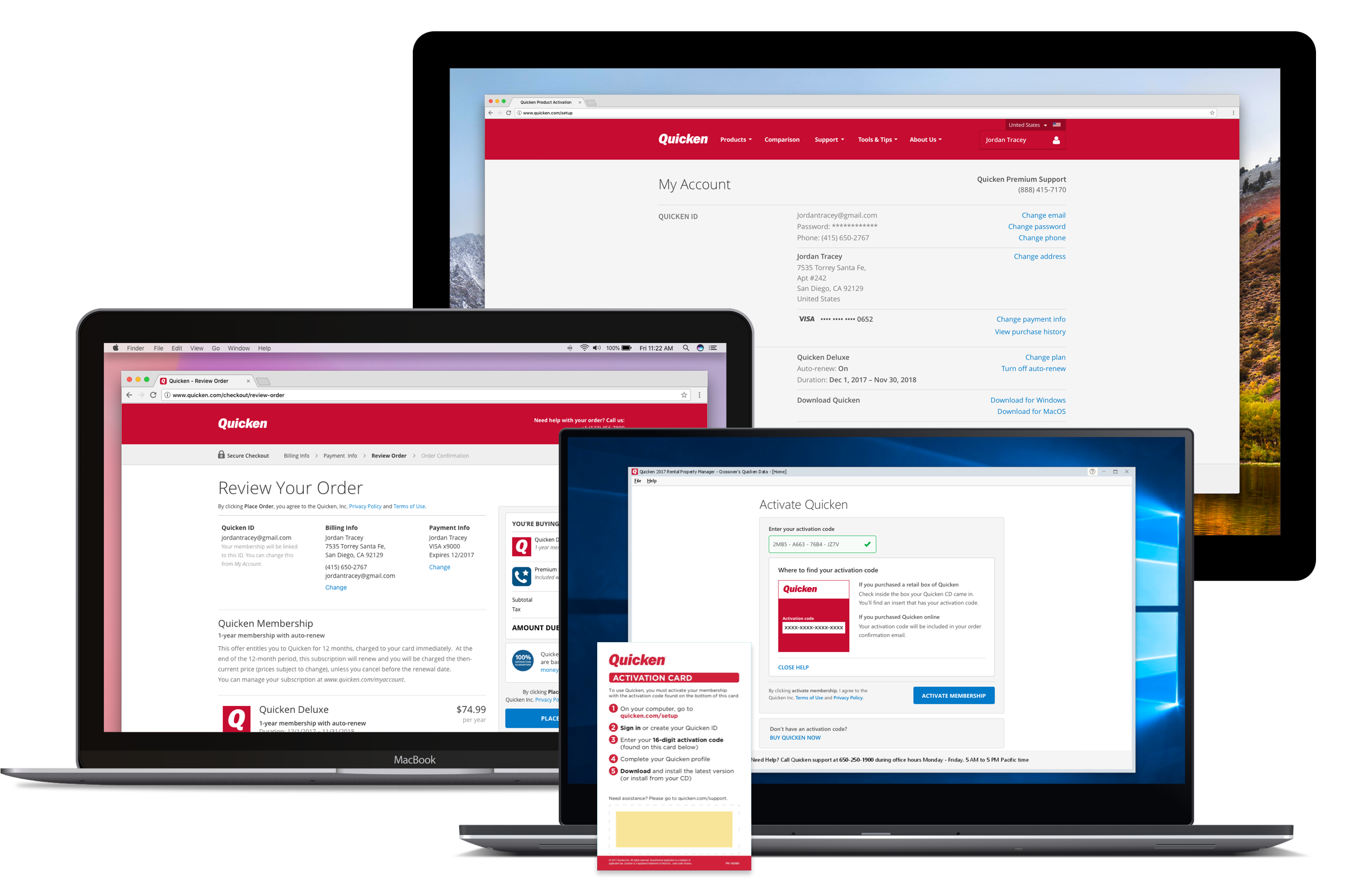

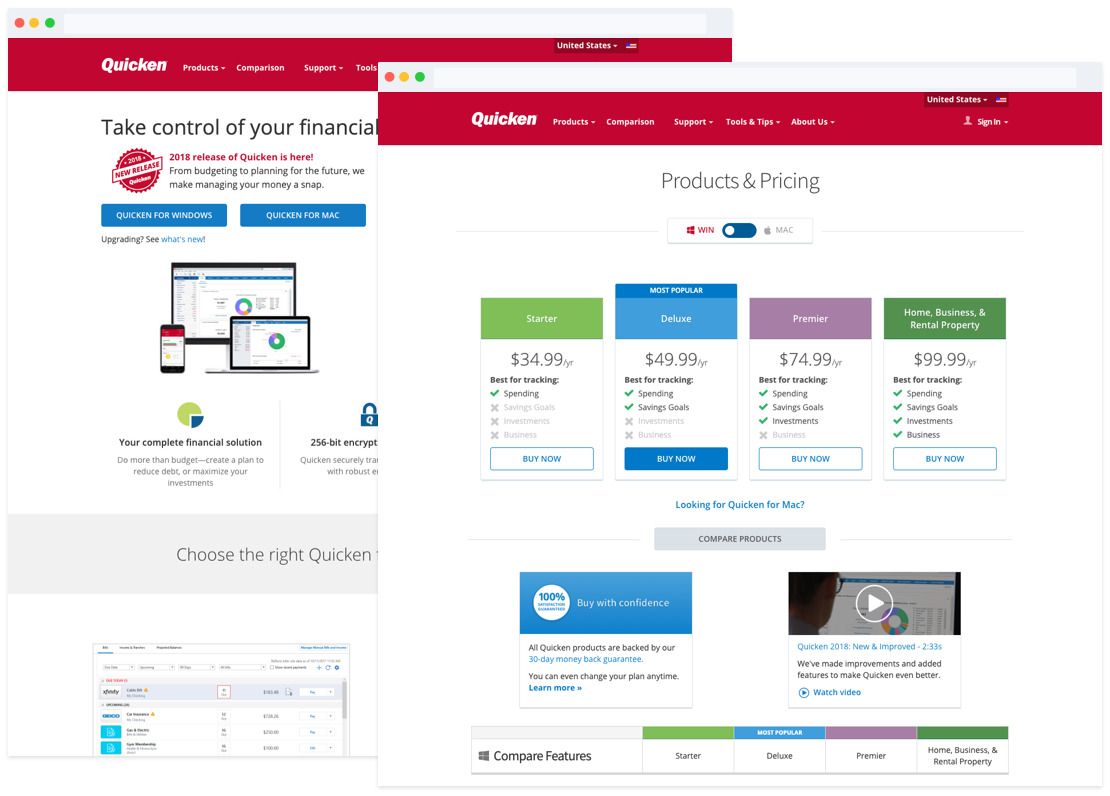
Provides account management all in one place, categorize spending, create reports, and see your net worth.
You can create budgets, reports, and pay bills to have a clear view of your income and expenses
Advanced features like retirement planning and tax reporting are great for customers who own a business or have advanced knowledge in financial management.
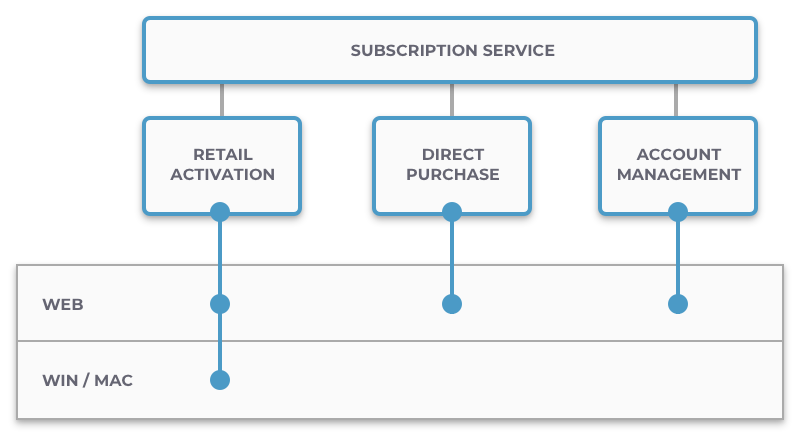
Quicken, a newly formed independent company, wanted to reduce costs, create new revenue streams, and improve software quality. To achieve these outcomes, business leaders decided to change the business strategy and rebrand Quicken as a subscription service.
The goal was to create a subscription tool that supported and fulfilled the needs of the new business strategy.
The subscription tool was made up of several parts. To deliver effective customer experiences, the design effort identified 3 child-projects key to supporting the prime goal. These child-projects were:
Direct Purchase. Design an updated checkout experience that informs buyers of the new product and subscription service they are purchasing.
Retail Activation. Design a new product activation experience that allows customers to activate their newly purchased retail product quickly and easily.
Account Management. Design a new user experience allowing customers to change personal details, payment methods, subscription plans, and renew their subscription service.
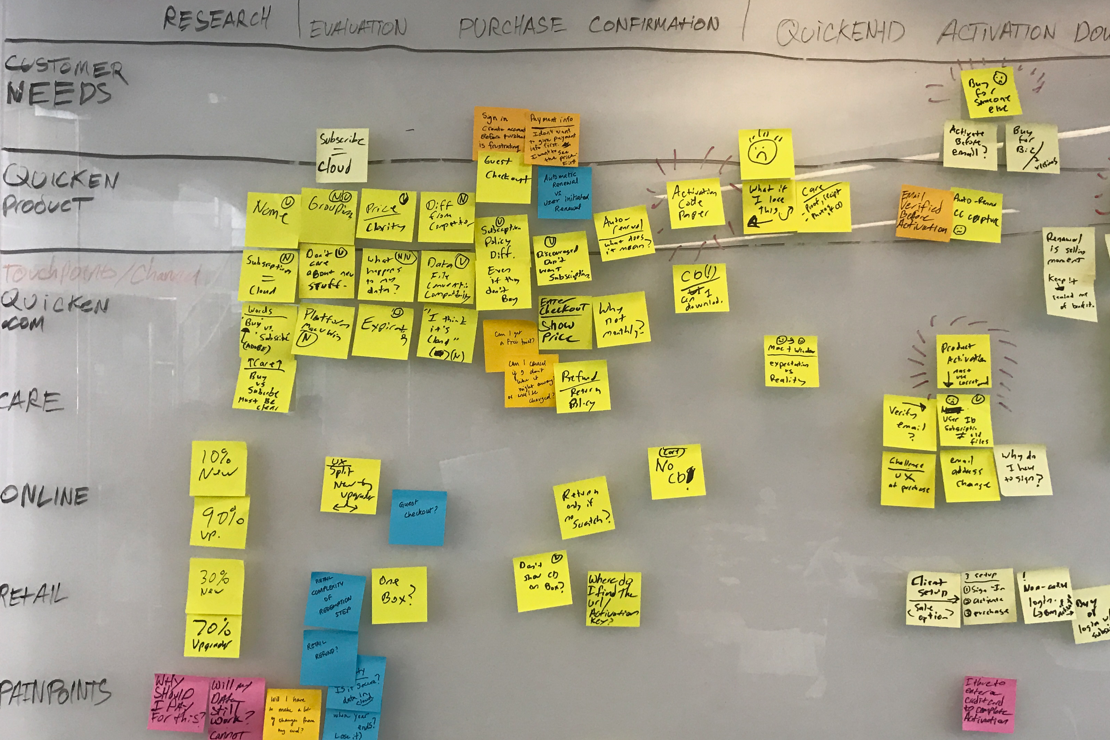
As the Lead UX Designer for this project, I had the responsibility of seeing all design projects through from start to finish.
To fulfill on all project goals, I was responsible for:
Working with Business Leaders and PMs to define product strategy and requirements.
Creating and leading the design strategy.
Creating all mockups, interactions, and visual design.
Working with the marketing team to develop new printed / web materials supporting the retail activation experience.
Creating prototypes and running usability tests.
Collaborating closely with engineering and QA.
Analyzing data and optimizing designs accordingly.
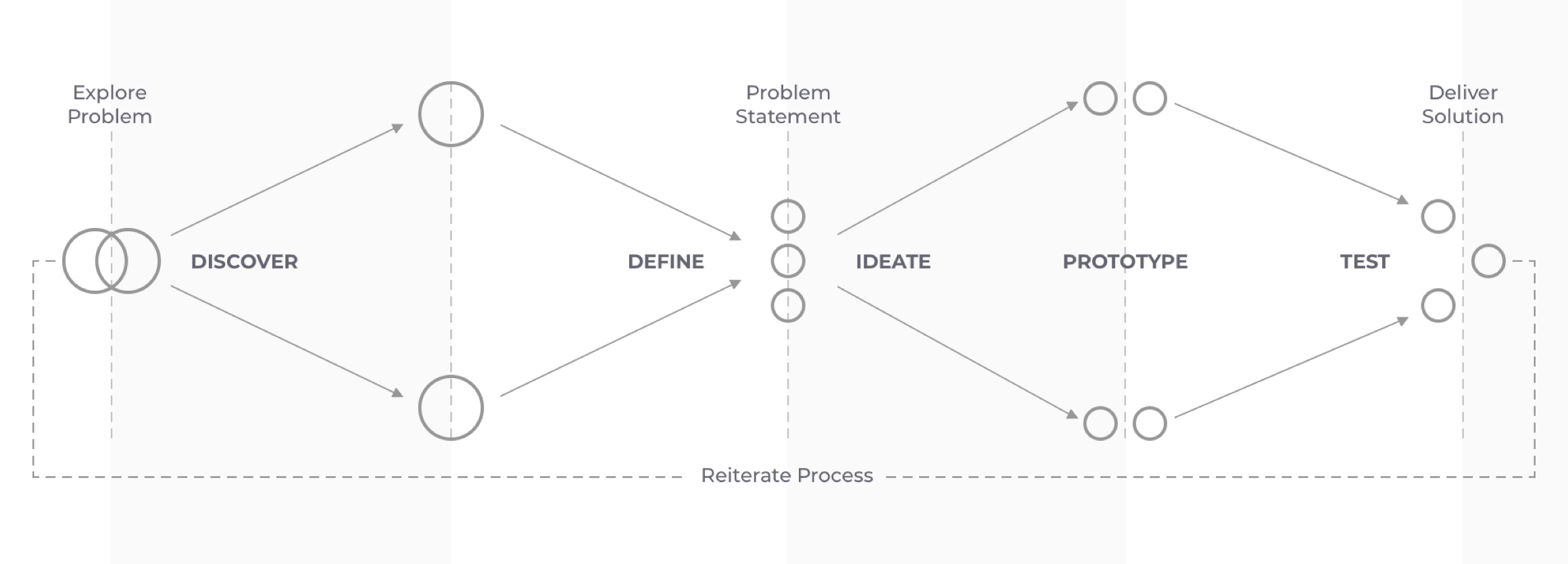
The design process used for this project included a set of fundamental characteristics that often overlapped with each other. These fundamental characteristics are: discover, define, design, prototype, test, and deliver. How these steps were executed on was heavily influenced by the project scope and time available to complete each child-project.
Key considerations for this project were time, budget, and development resources, all of which were scarce. Another consideration was not all business and development requirements were defined when the project began (which is not unusual for startups).
Design work was project-managed with full visibility for all teams to minimize blocking and ensure consistent delivery. This allowed teams to collaborate with a big-picture view of the work required, when it was needed, and knowing what agreements may need to be renegotiated so no team was blocked by their design needs.
Learning and adapting quickly to new and changing requirements was important as business needs and customer insights evolved throughout the project journey. The team had on more than one occasion needed to pivot in a new direction because customer insights, technical considerations, and business decisions had influenced what the final goals looked like.

Allow customers to choose a plan matching their financial life. Four plans are available to customers: Starter, Deluxe, Premier, and Home & Business. Each plan is designed to fit the customers life-stage from organizing finances, creating budgets, managing investments, to owning a small businesses.
Ability to redeem retail purchases. A high percentage of customers purchase Quicken from brick & mortar/online retailers. In order to start using their new product, they would need to activate their new subscription quickly & effortlessly.
Enrolling customers into "Automatic Renewal." While this step is optional, customers signing up for automatic renewal allows them peace of mind having uninterrupted service and supports the business's ability to project revenue streams using active subscription expiration dates.
Ability for customers to self-administrate their subscription. Allowing customers the ability to change personal information, payment methods, and upgrade/downgrade services on their own reduces costs associated with having live agent support helping to fulfill those needs.

Customer concerns with data ownership. Having unrestricted access to their financial data was a high customer concern after announcing the new business strategy. In result, Quicken created the Data Access Guarantee, assuring customers will always have full access to and ownership of their data. Only online services - downloads, quotes, mobile sync, etc. - would expire with the subscription.
Added product value. Although prices were reduced, customers perceived the Quicken subscription as being more expensive over time. To address that concern new support services, product offerings (e.g. Dropbox storage), and online services were included to add product value.
Multiple Installations. Customers enjoyed installing Quicken on more than one computer. With active subscriptions now linked to one account, both the user experience and customer support site needed to guide customers how to accomplish this effort with minimal frustration.

Enforcing Brand Guidelines. The Quicken brand was well established with customers. As time was scarce and a lot to accomplish, it was important for the team to utilize existing resources and visual guidelines. The goal was to integrate the subscription tool into the product without redesigning the product itself.
Suggest adaptive solutions. The subscription tool was setting a new foundation for the product, therefore the user experience needed to be consistent and adaptive for the web and Windows/Mac desktop products.
Retail fulfillment. All retail and print-based materials had to be completed with enough lead time for manufacturing and distribution fulfillment to retail outlets. Therefore, the team concentrated development for retail activations content design and user experience to achieve this goal.

Clear content design for retail products. Simple, non-technical language was effective at promoting product value and guiding product activation.
Most subscription services offered a similar, linear activation flow. One task per screen to complete: accounts, activation code, automatic renewal, profiles, download.
Getting users into the product as soon as possible. Assuring customers activation takes less than 5 minutes and having lighter, easier flows to complete on has users quickly in the product.



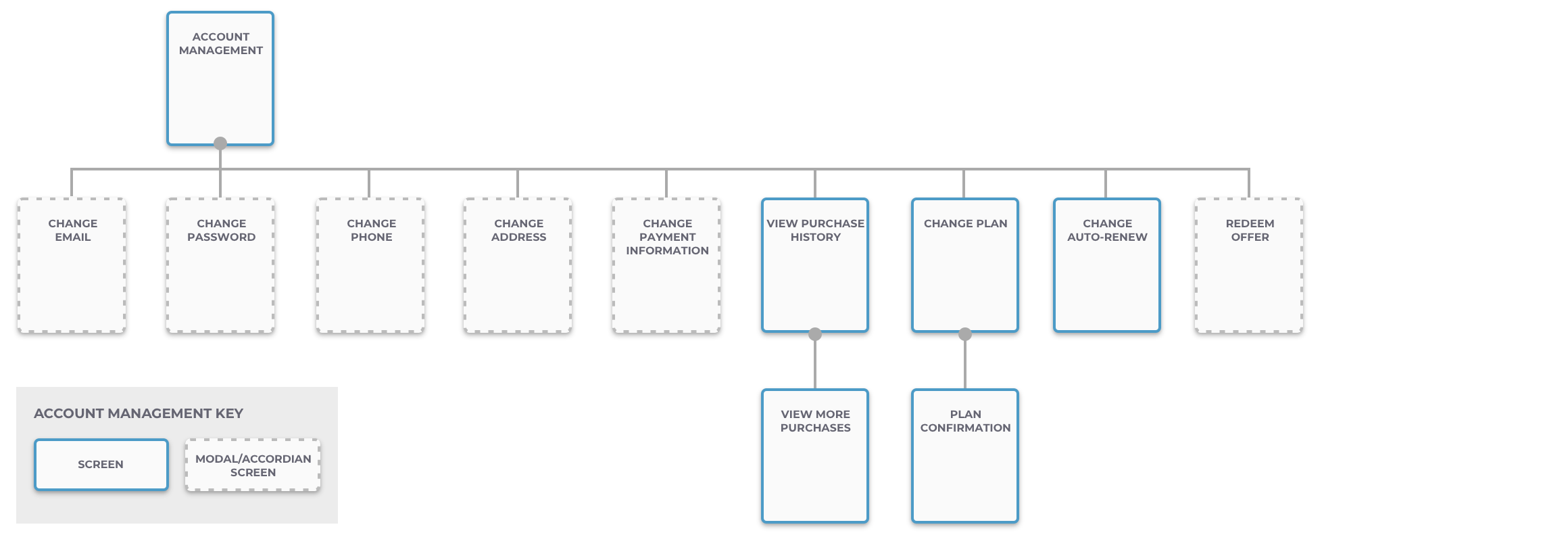
The Retail Activation flow generated the most discussions with design, retail, marketing, and development teams since a large percentage of customers would purchase the product from retail B&M and online stores.
Working closely with business leaders, PMs, and key stakeholders to discuss ideas. We decided that:
In the Retail Activation Flow, users needed simple, guided instructions. We accomplished this by having the online help content show where users can find their activation card and have that card guide customers to completing their product activation.
In the Direct-Purchase flow, the new subscription terms of service are visible to customers. The revised checkout experience needed to inform the length of service and also clearly state when they would be automatically charged for another year of service.
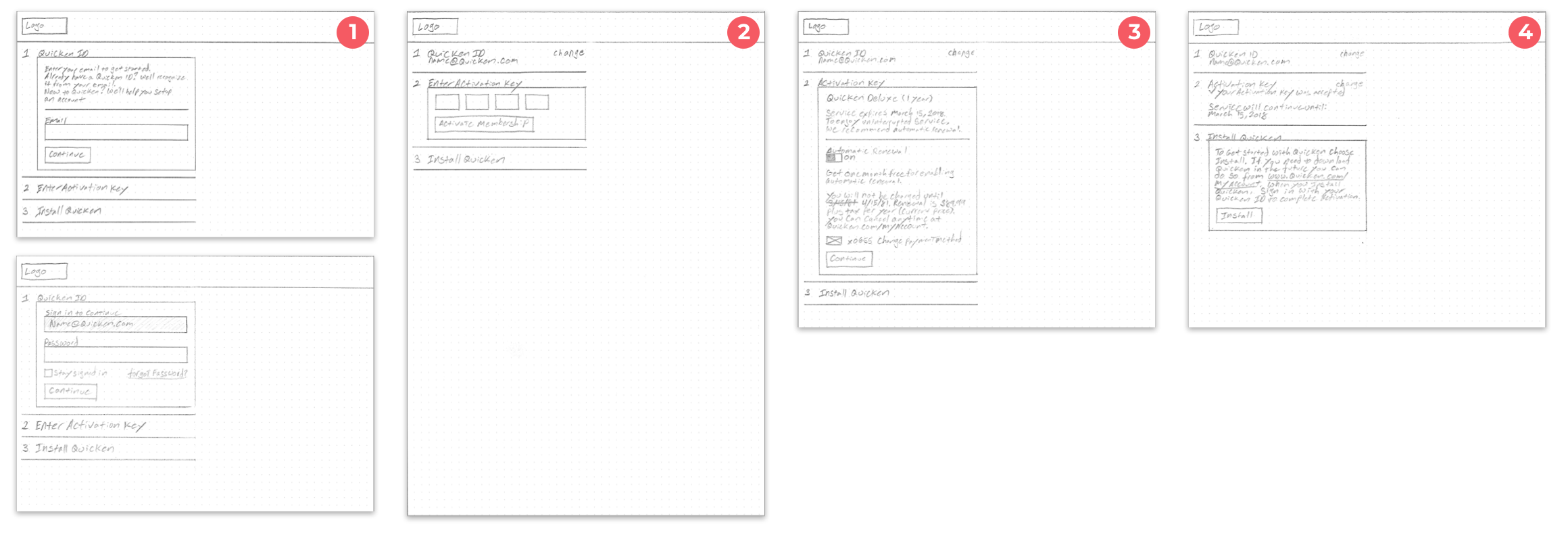
Minimize complexity. While the steps to activate the product are straightforward, we wanted to assure customers achieve the goal easily by placing informative content at each step of the process.
Promote automatic renewal. Marketing this service to customers was important to the business strategy. We explored how content design could entice customers to sign up, and also offer extra months of service for providing payment details in this step.
Guide product installation. After customers completed activation, we didn't know if they already installed Quicken. Instead of assuming, we started with simple setup instructions for new installations customers can follow if needed
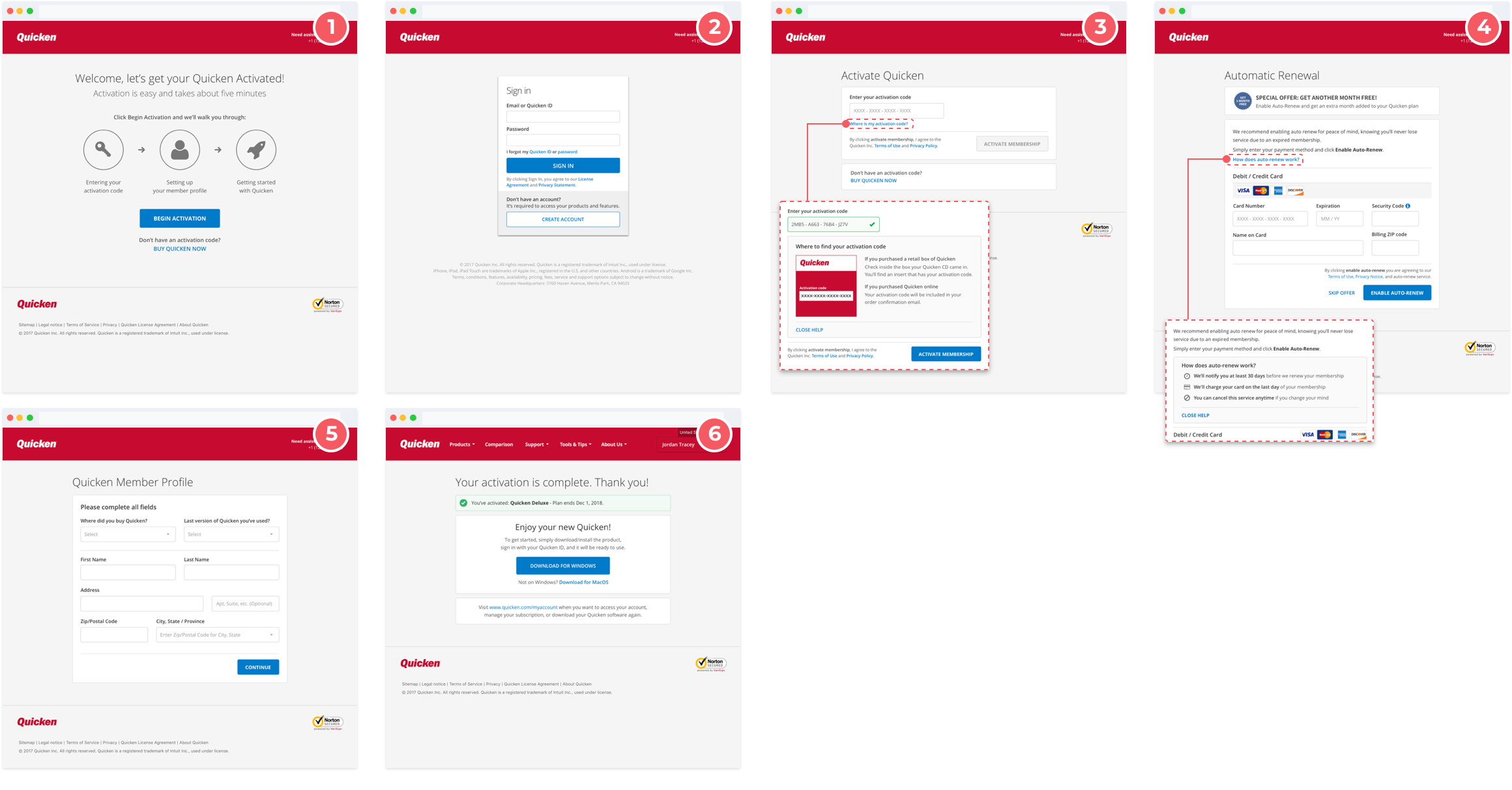
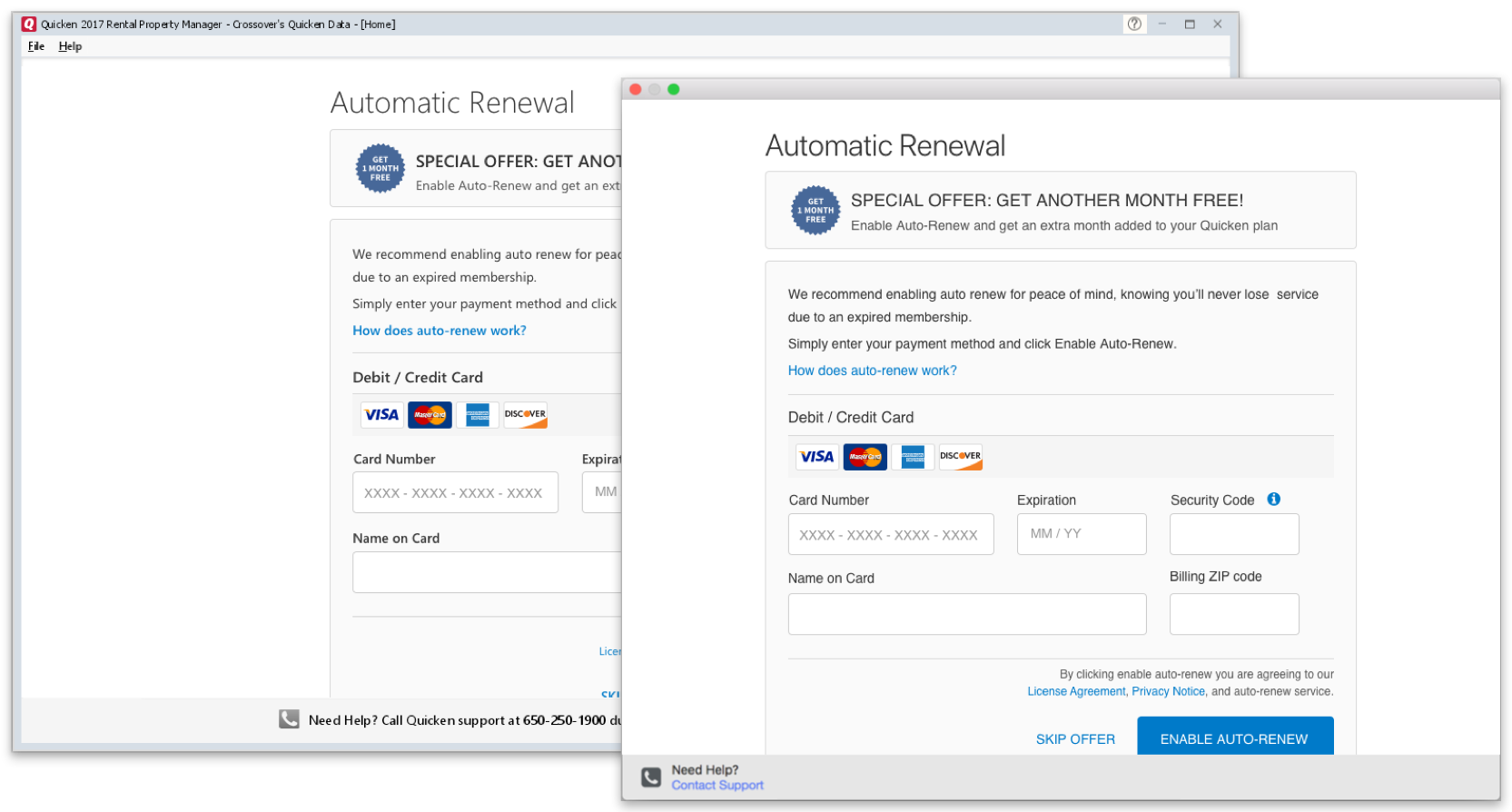
Design directly in mid-high fidelity mockups. Because we already had a style guide and patterns for our web branding, I saved time by skipping black+white wireframes. This also provided we design an experience we can deliver on that was on brand.
Using short & concise content design. We found through testing the less content we used, the easier it was for customers to understand each step. Having scannable content was very useful in the activation and automatic renewal steps, allowing customers to zero in on the content they wanted.
Expanded touchpoints. I started off designing retail activation as a web only experience. However, as our work evolved and during reviews with business leaders, we decided to expand the experience into both our Windows and Mac desktop products.

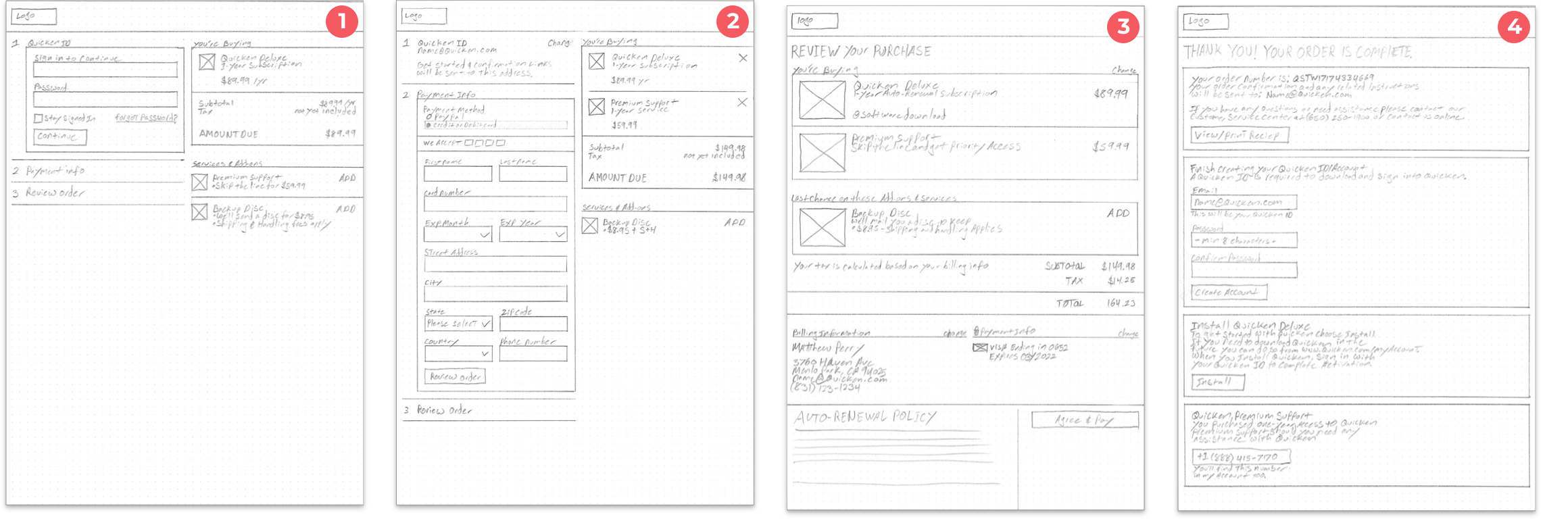
Exploring improvements. In the early phases of the project, I explored new ideas for the buyer experience gleaned from new business requirements, collected research, and past experience working in this space. This exercise produced enhancement ideas that added value to the experience.
Order Summary. Users entering the buyer experience sometimes forgot what product they were ordering as well as the product cost. Adding an order summary minimized that concern, allowing customers to complete the steps needed to complete their purchase.
Add-on purchases. Our online store used to mail a retail box but had now shifted to download-only purchases. To support customers who still wanted a product disc, we began including add-on purchases in the buyer experience to allow for that option.
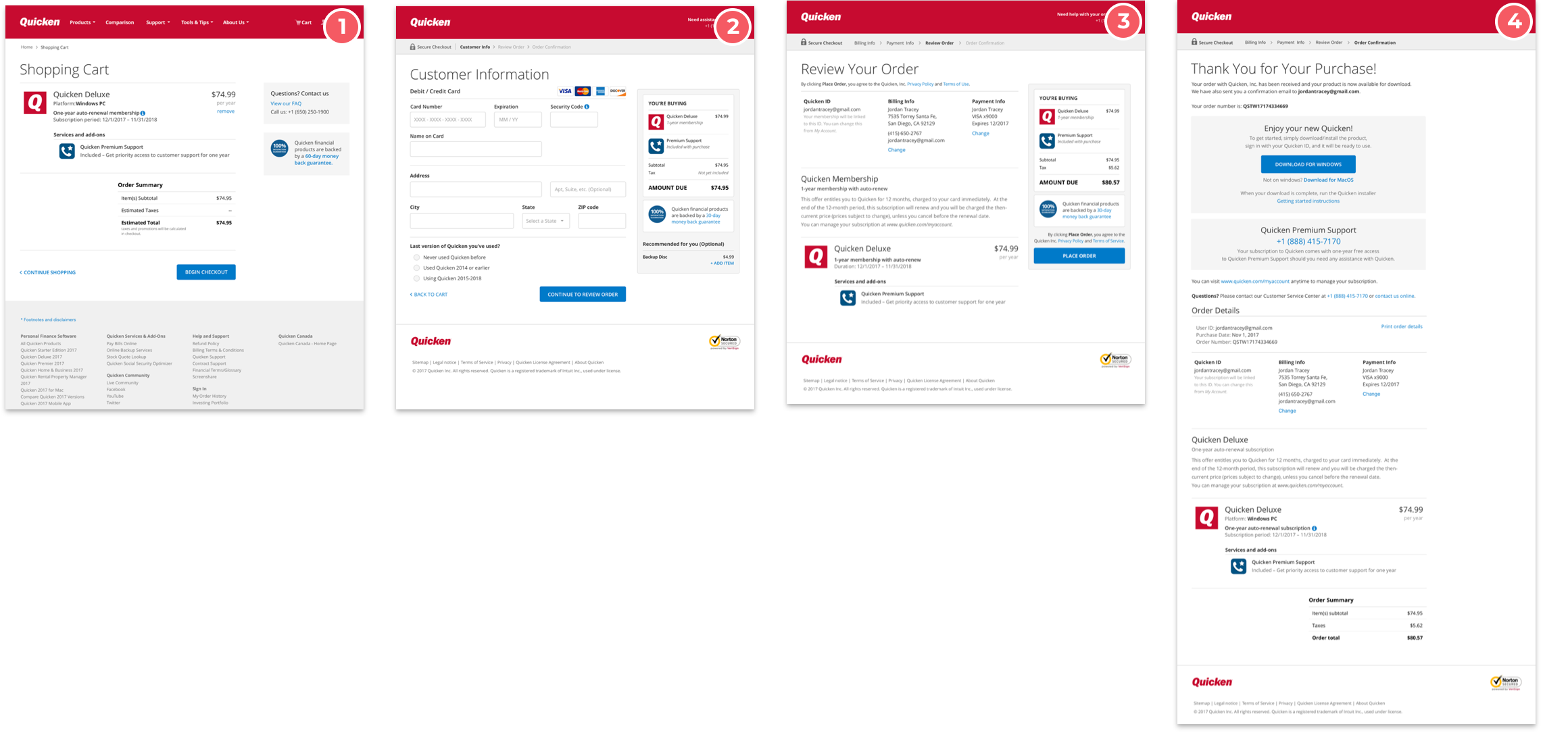

Highlighting subscription. Customers used to enjoy a 3-year license of the product, so to inform customers the Quicken they're now purchasing is a yearly subscription, content was added throughout the buyer experience to inform them of this change.
Minimize complexity. When reviewing the last buyer experience iteration, we decided we could combine the customer detail and payment method screens together and eliminate a step in the buyer experience. The result reduced the total number of steps to completing purchase down to three.
Responsive design. Once the changes to the subscription-based buyer experience were completed, I provided responsive designs and worked with developers to implement while we started work making additional enhancements to the site.
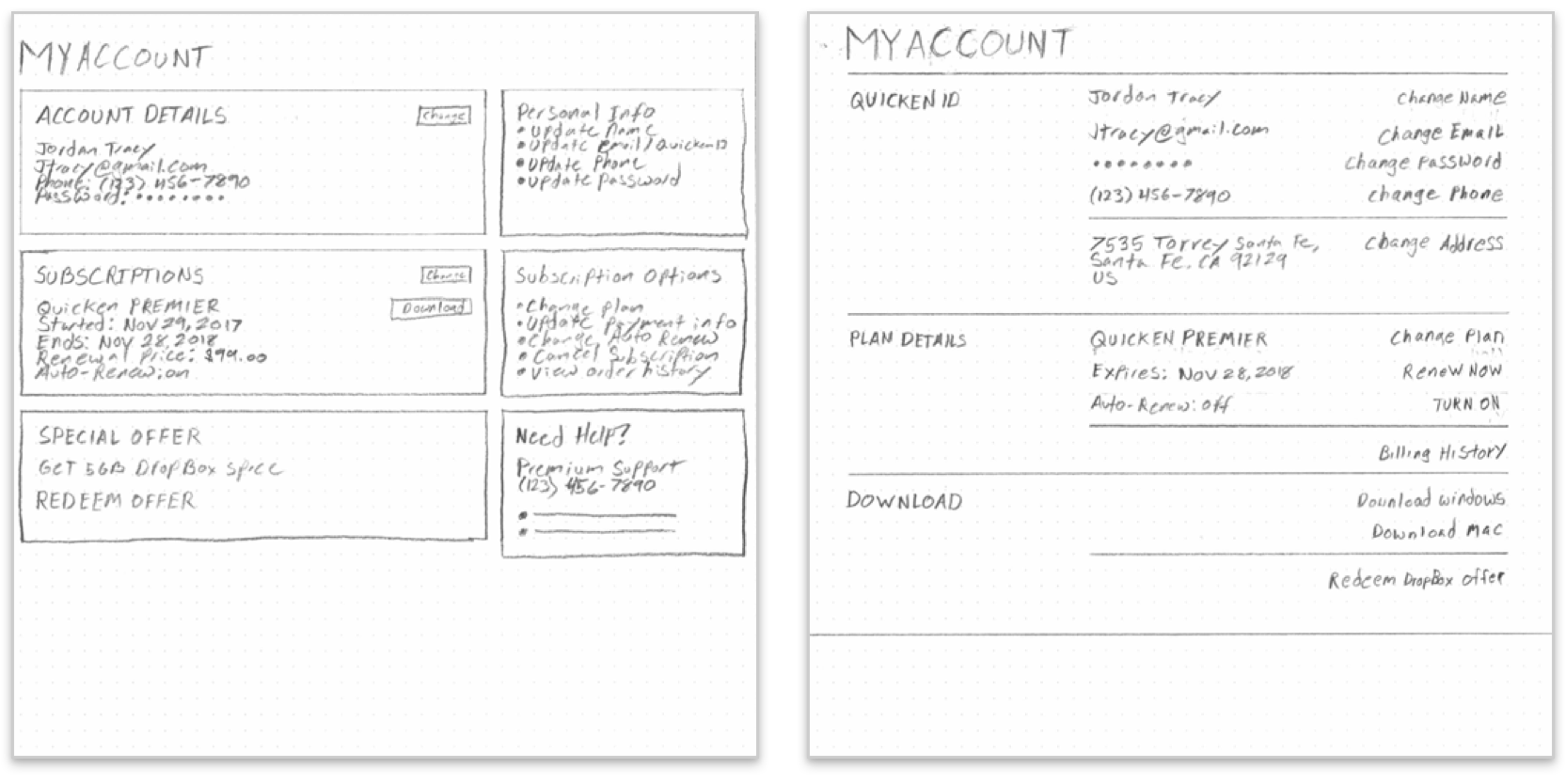
Exploring Layouts. I first explored iterating our existing “My Account” experience. However, the team and I after reviewing these explorations wanted to provide more to customers. After exploring existing subscription services for inspiration, we decided to do a redesign to provide a better experience for customers.

One-page design. Early designs I shared led to the team believing a single-page design would be the best experience for customers. We wanted them to get exactly where they wanted without having to do a lot of exploring.
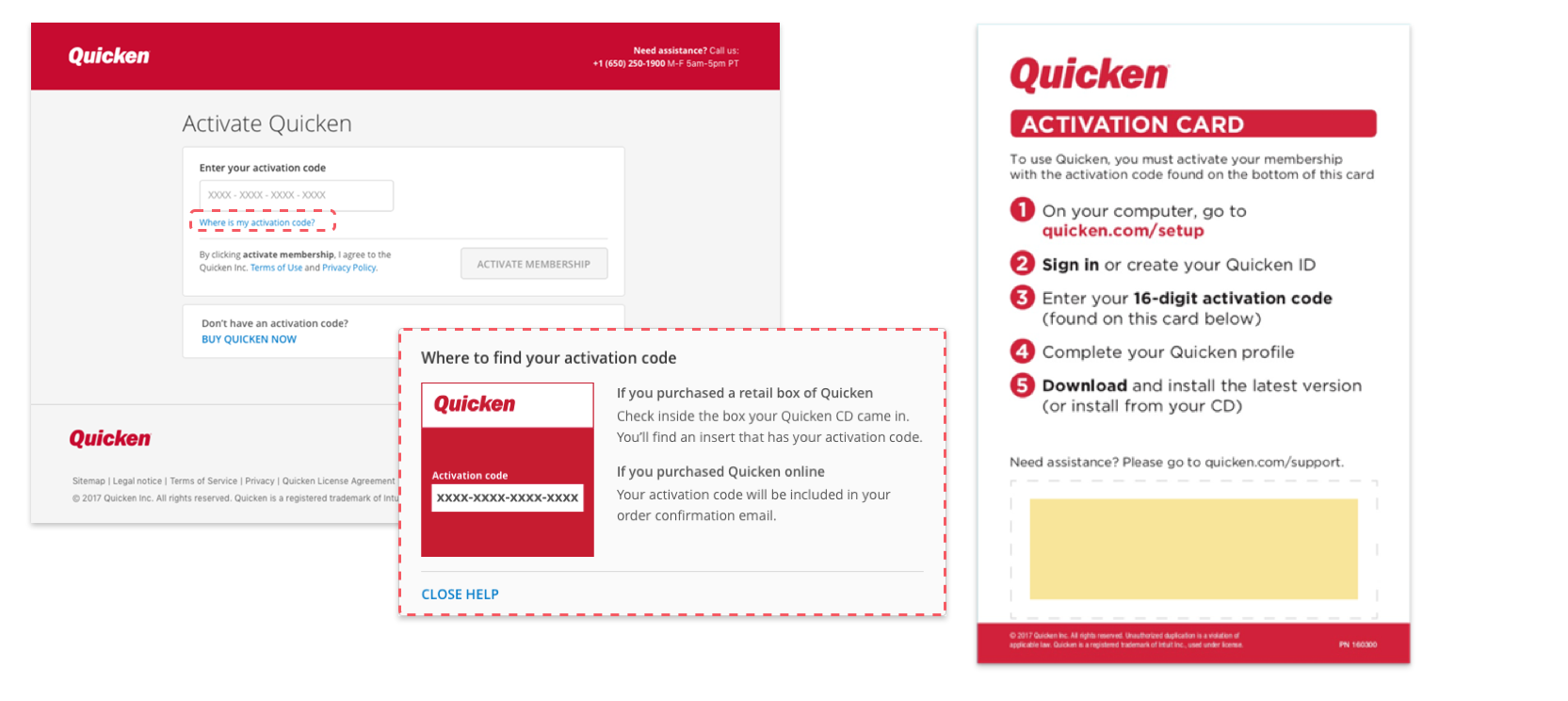
Guiding customers with content design. Customers struggled during early testing because it was unclear what they were supposed to do in the activation step. The success rate improved dramatically after providing help content that guided customers where to locate their activation card/email instructions.
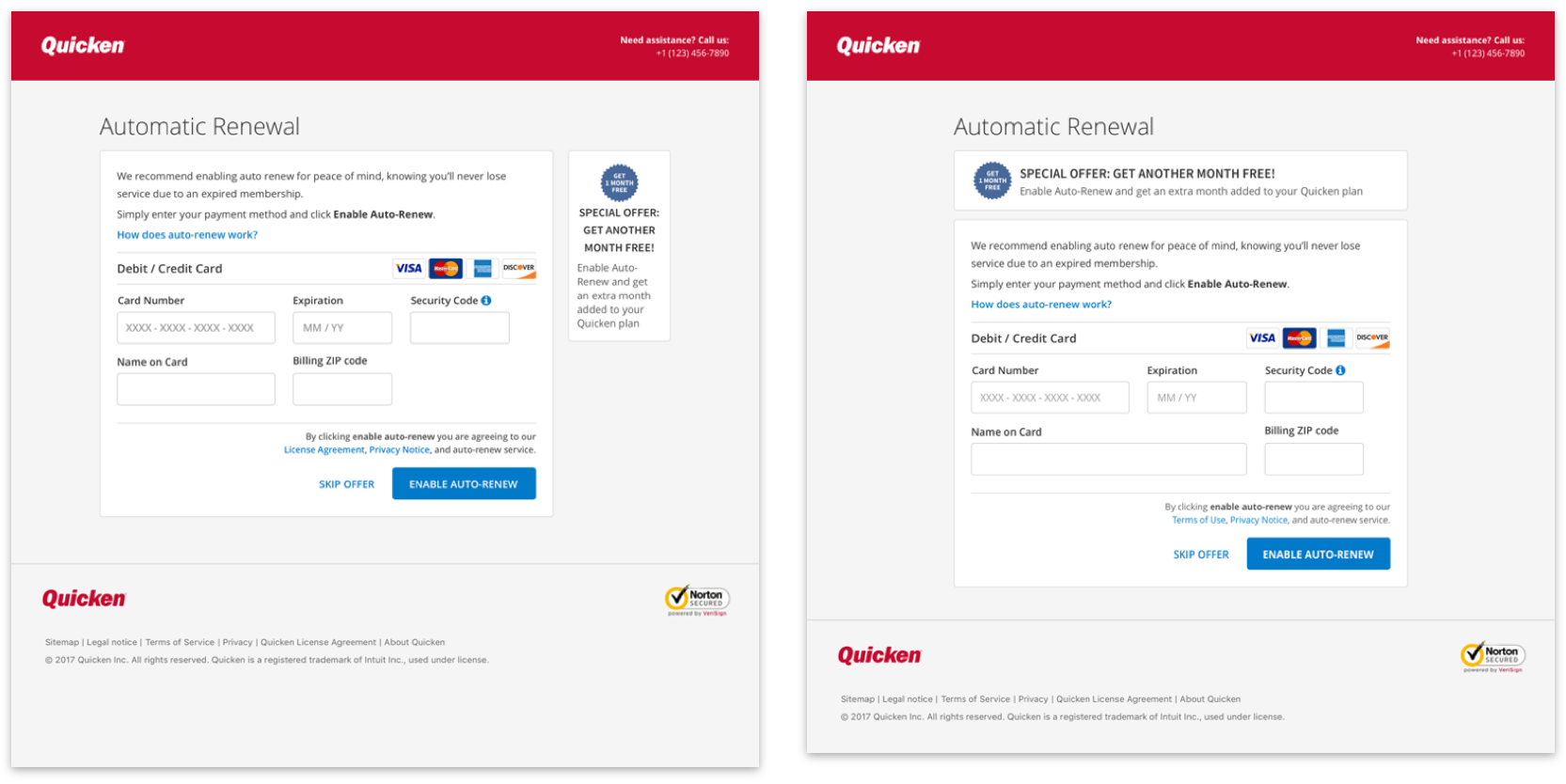
Key Design Decisions. Adding help improved the success rate Customers struggled during early testing because it was unclear what they were supposed to do in the activation step. The success rate improved dramatically after providing help content that guided customers where to locate their activation card/email.
Short & concise micro-copy. For both help and error messages, I made every effort to keep the content short so it was scannable and easy for customers to understand. This allowed them to travel through this step quickly and effortlessly.
While participants ran through the prototypes, we went step-by-step evaluating each screen, task, and content by them. The experience was well received, and what we learned was:
Product Activation screen. We discovered adding more help content improved user success completing this task.
Auto-Renewal screen. The success rate for this task was 20%. Benefit content and adding a reward (2+ months to plan) didn’t improve customer enrollment into the service. Most new product users were not ready to commit payment info until they discovered the product value for themselves. Experienced customers were more likely to enroll.
Although we desired a higher success rate with auto-renewal, we decided that result did not stop us from moving forward. Our new plan was to continue to iterate on auto-renewal after launch.
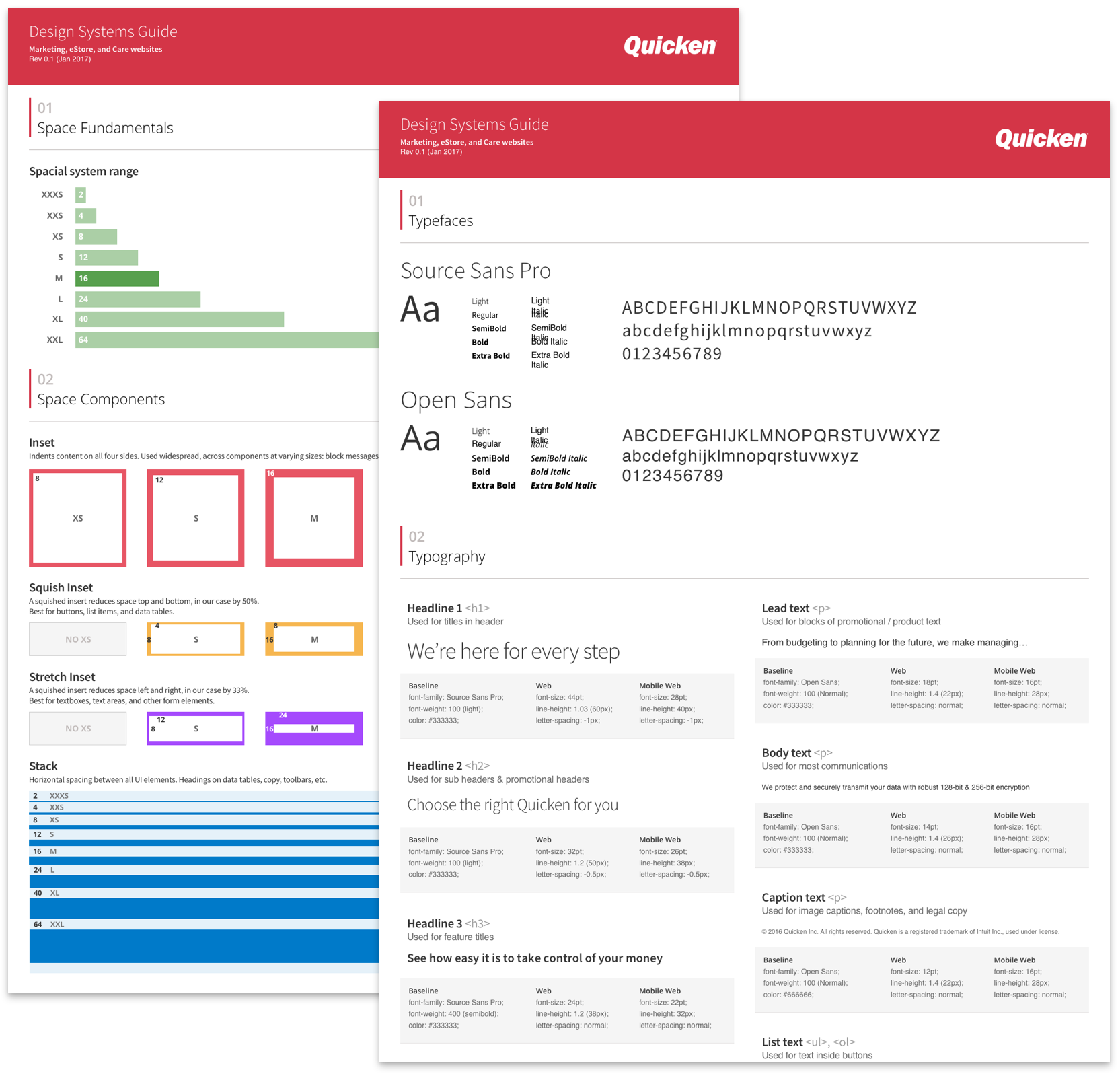
I like having a very close collaboration between Designers, PMs, and Developers. I like to share what I'm up to with engineers early on, so that they're aware of the design process and are in agreement with the project goals.
For the subscription service project, collaborating with the team looked like:
Collaborative design sessions, so the team could contribute early and often to the designs.
Daily standups, to discuss development progress, identify blockers, and know what tasks design is working on.
Design deliverables with InVision prototypes & UX spec-sheets. Prototypes were shared with PMs and engineers so the team knew how the experience worked. Additional spec-sheets were provided to show what the experience should look like (this was before InVision inspector was available for us to use).